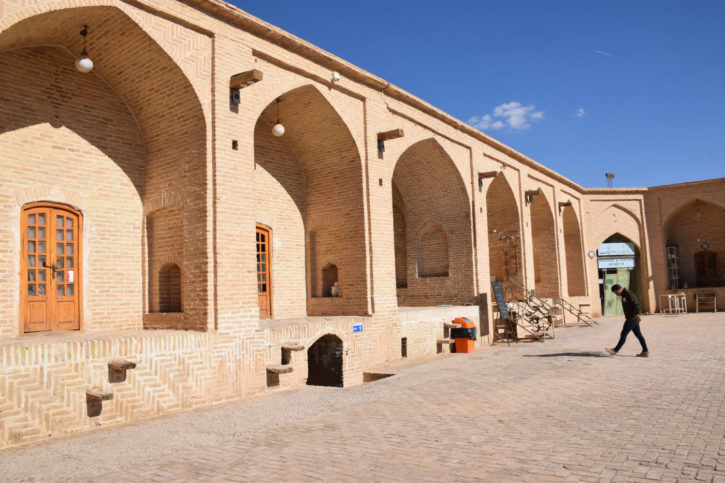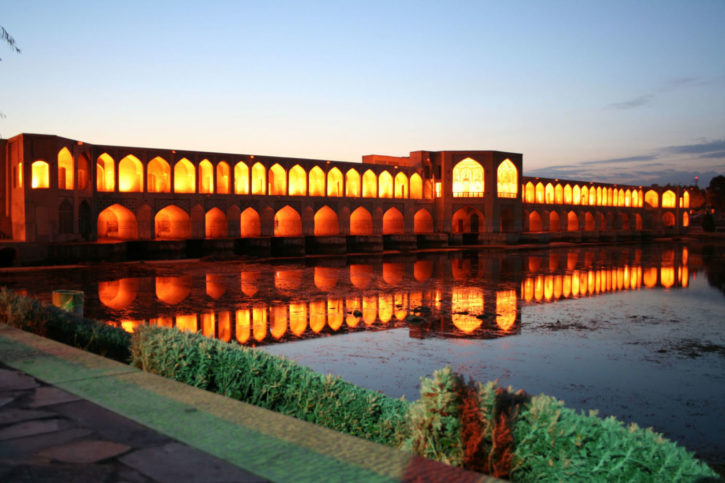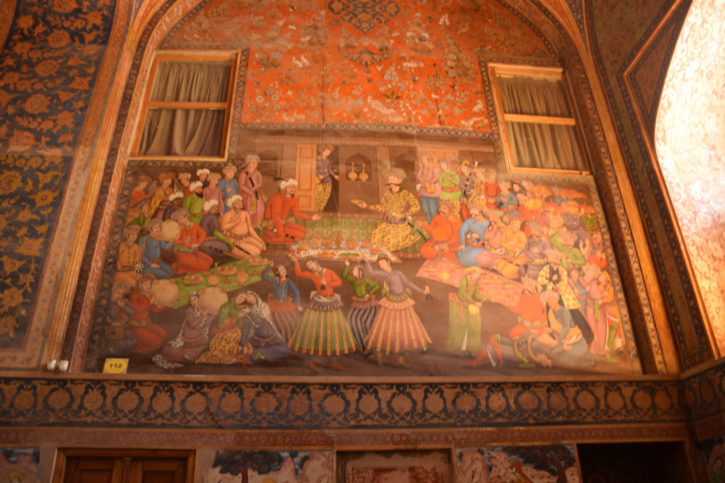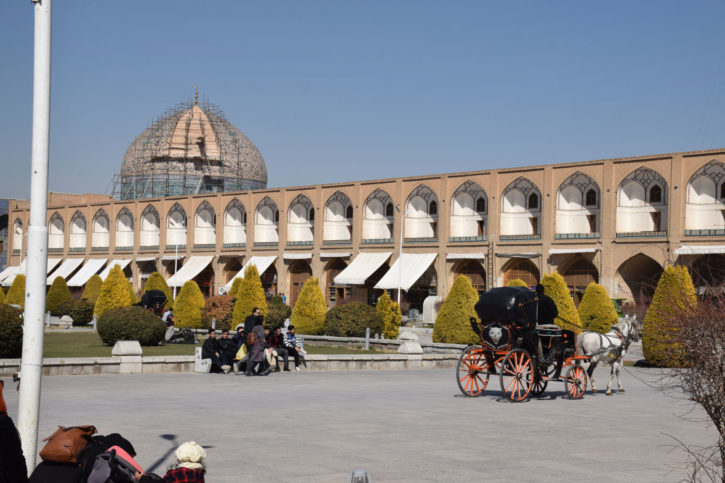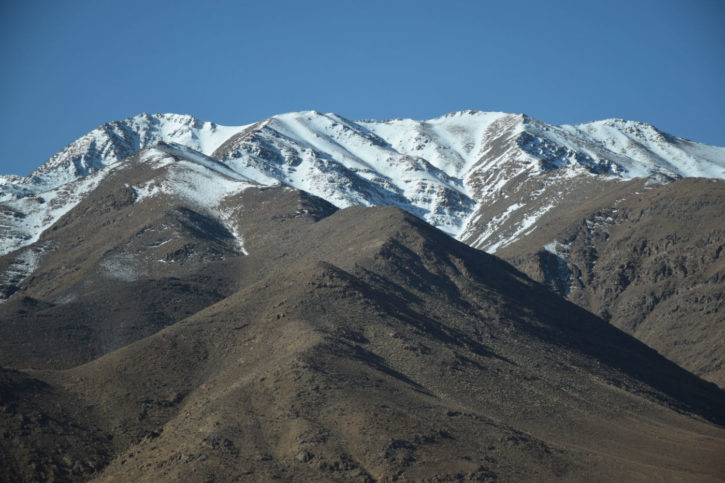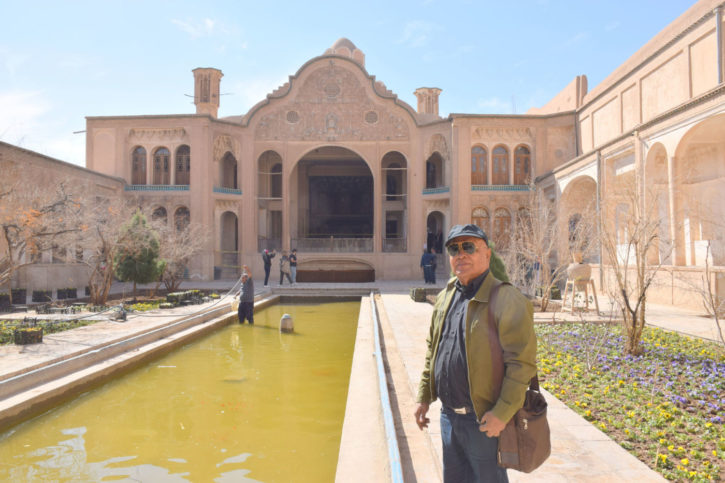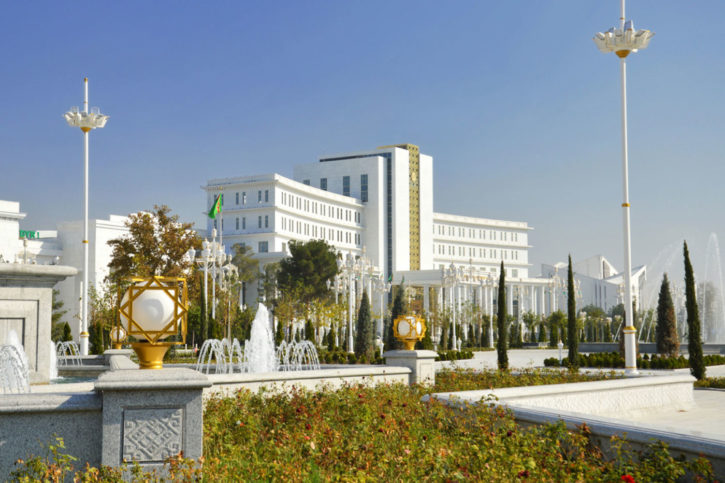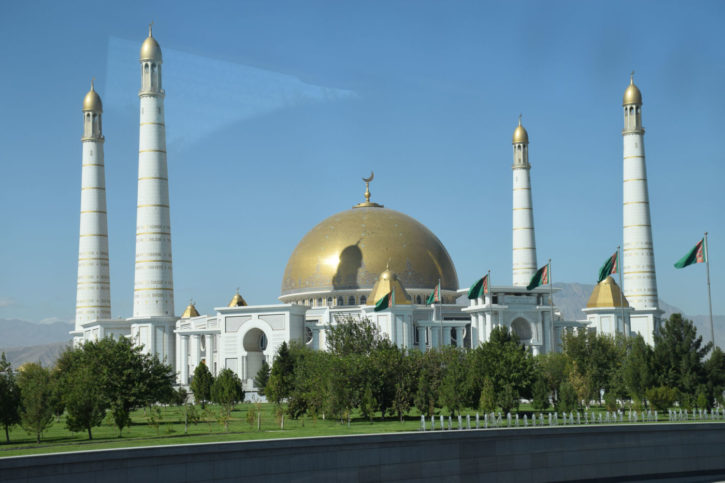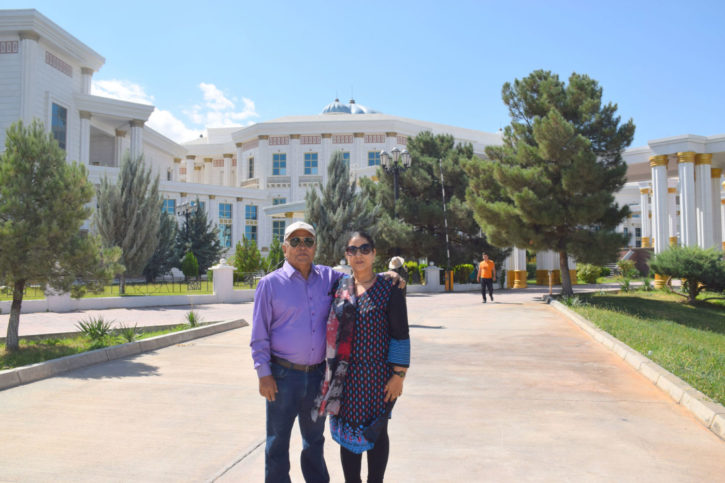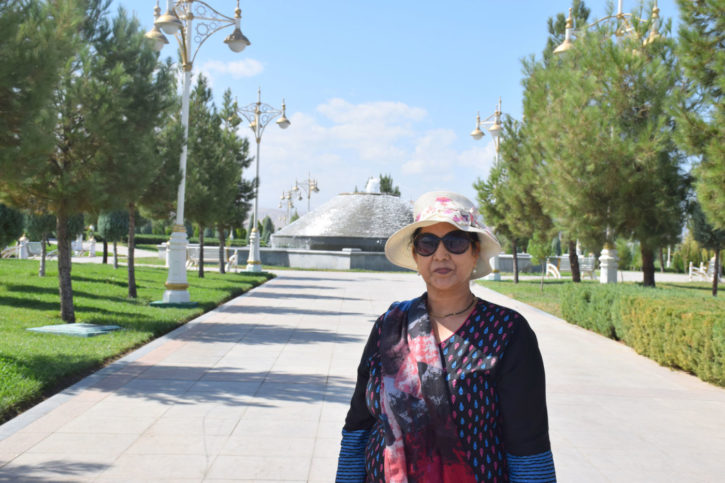Meybod
Leaving Yazd behind, your first stop this morning will be in Meybod, where your first impression might be its striking monochromatic architecture of desert brick. But set along an ancient trade route, Meybod also offers a number of fascinating sites to visit including its caravanserai. Built in typical Safavid style, …

